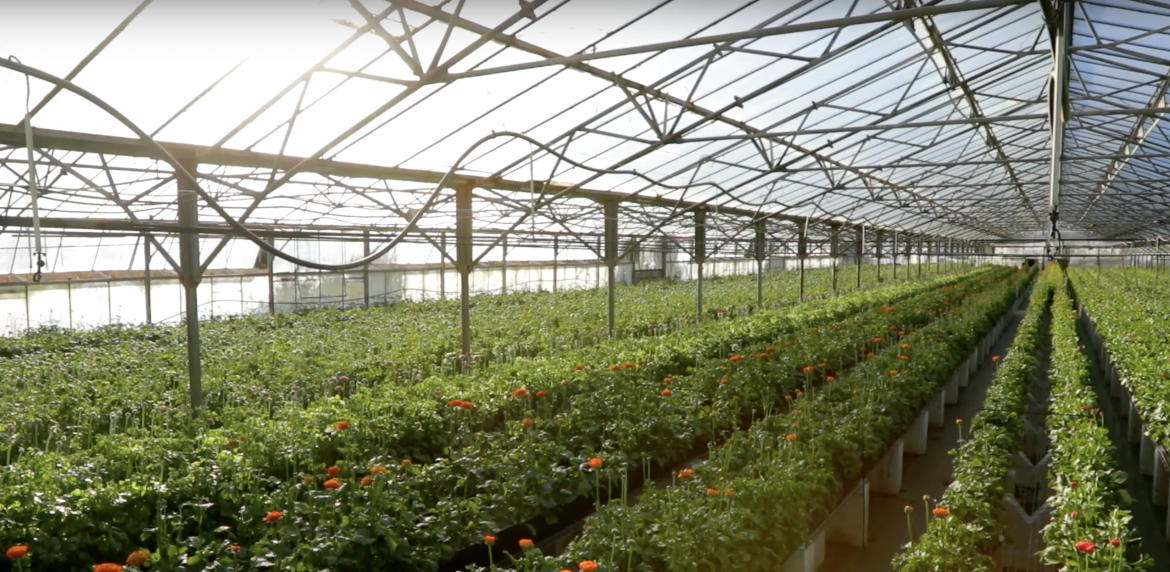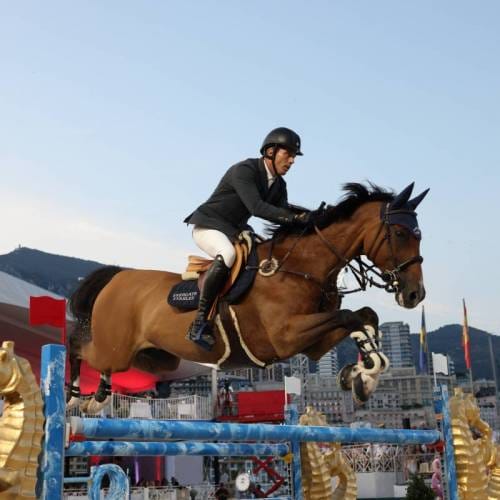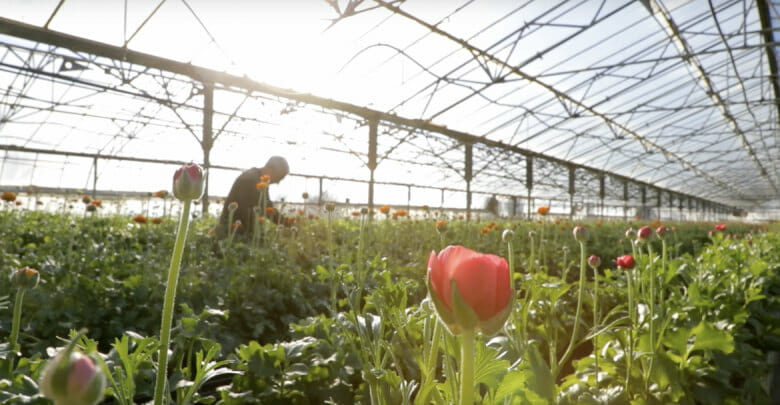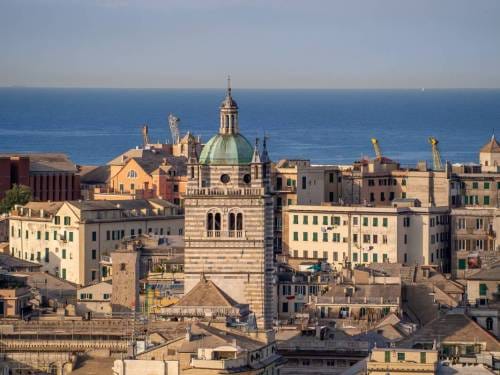The Western Liguria and the French Riviera have always been famous for their local microclimate which promotes the growth of exotic plants that would not exist at these latitudes in other countries. Due to its specific conformation, enclosed between the Maritime Alps and the Mediterranean Sea, the ‘Riviera dei Fiori’ (Flowers’ Riviera) as well as the ‘Côte d’Azur’ were seen by the rest of Europe as a heavenly garden throughout the Eighteenth and the Nineteen century.
In 1766, Scottish writer, historian and doctor Tobias Smollett was so charmed by the beauty of the Western point of ‘Liguria’, which is close to France and Monaco, that he started thinking of producing and sending cut flowers, notably carnations, all over Europe. That marked the beginning of an unprecedented economic growth encouraged by the development of the rail network, both on the French and Italian side starting in the second half of 1800s which allowed a direct connection between Genoa and Marseille (1872).

A prime example of this flourishing market is Sanremo, which quickly turned into a floriculture hub. The City of Flowers, with its open-air production in every season was well appreciated especially in Northern Europe. Nice, on the French Riviera, reinforced its floricultural tradition through the efforts of the French journalist Alphonse Karr, who kicked off the long-lasting custom of displaying flowers on stalls, still represented today by the iconic and picturesque ‘Marché aux Fleurs’. Several fancy and perfumed carnation varieties were created under copyright by the skilled hands of renowned hybrid operators in French Laboratories and most recently in Sanremo and Nice area. Besides carnations, violets, anemones, buttercups, mimosas, orange blossoms, daisies and roses together with lavender and aromatic herbs were serving the rising perfume industry in Grasse and on the Italian Riviera, thanks to Giovanni Battista Aicardi, expert in essences.
At the same time, the success of the flower industry gave new life to botanical research and landscape design, following the footsteps of key figures like the British Hanbury brothers, Thomas and Daniel, the German Ludwig Winter and the French Louis Isnart. In the early 1900s, a main figure stepped forward representing a new way of pushing floriculture to a more scientific dimension. After mastering his knowledge on exotic species in Mexico, United States, Brazil and Cuba, Mario Calvino, talented botanist, came back to his birthplace in Italy in 1925 as the director of the Sanremo Experimental Plant for Floriculture.
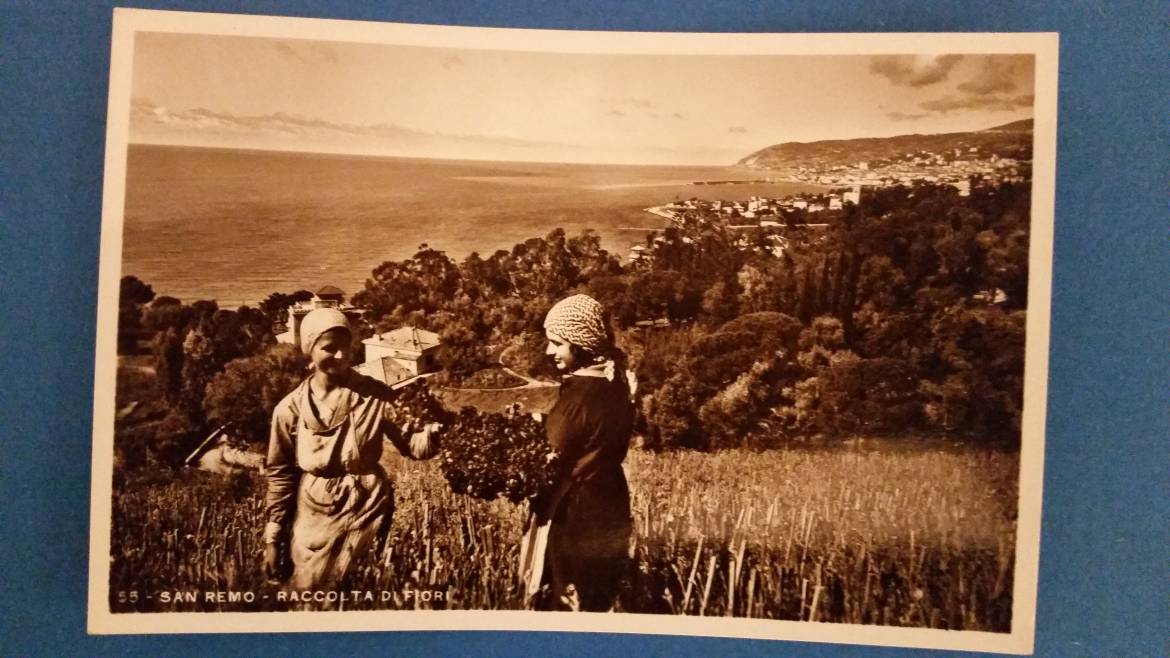
What is the current Floriculture situation on the Riviera? HelloMonaco asked Margherita Beruto, director of the ‘Istituto Regionale della Floricoltura’ (Regional Institute of Floriculture), based in Sanremo, and Christine Poncet, Co-Facilitator at the ‘Unité Mixte Technologique – FioriMed’ (‘FioriMed Technological Unit’) within the ‘Institut National de Recherche en Agriculture, Alimentation et Environnement’ (‘National Research Institute for Agriculture, Nutrition and the Environment’), at the Sophia Antipolis headquarters.
Interview with Mrs. Margherita Beruto
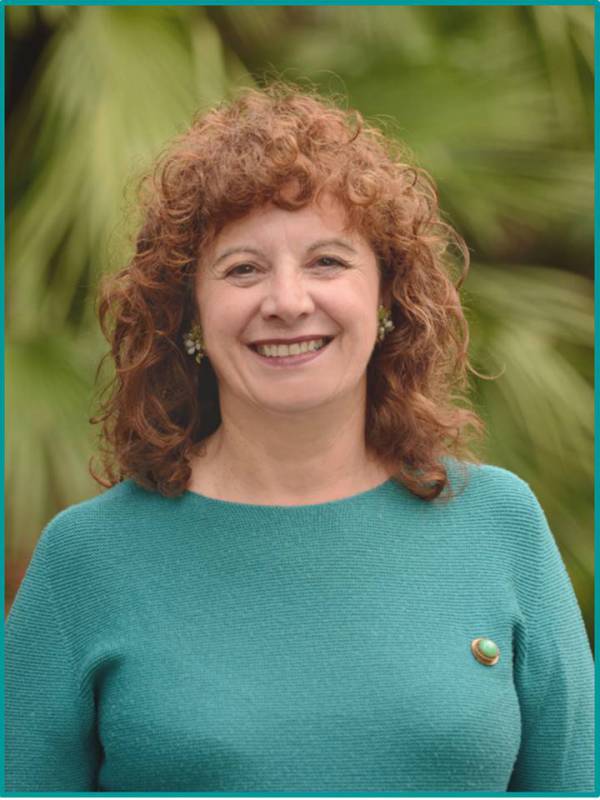
HelloMonaco: Mrs. Beruto, what are some of the most important results achieved by the Regional Institute of Floriculture?
M.B.: The Institute that I chair researches product and process innovation for floriculture production, centred in the area of Savona and Imperia, focused in potted plants, cut flowers and foliage as well as succulent plants close to the French borders. Companies operating in the area are small in size, usually family-run, specialized in a high-ranked production for international markets. As a consequence of the crisis in the flower market due to massive imports from Countries where labour costs are low, we are looking to create new top-quality hybrids for a niche demand.
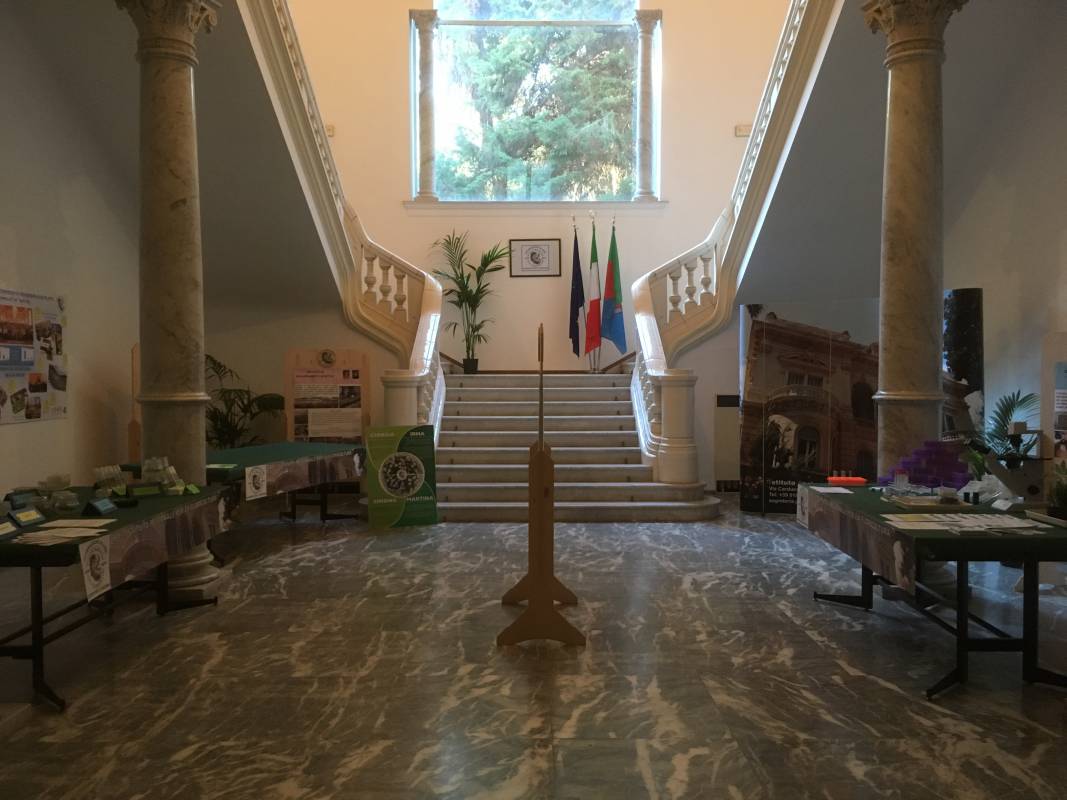
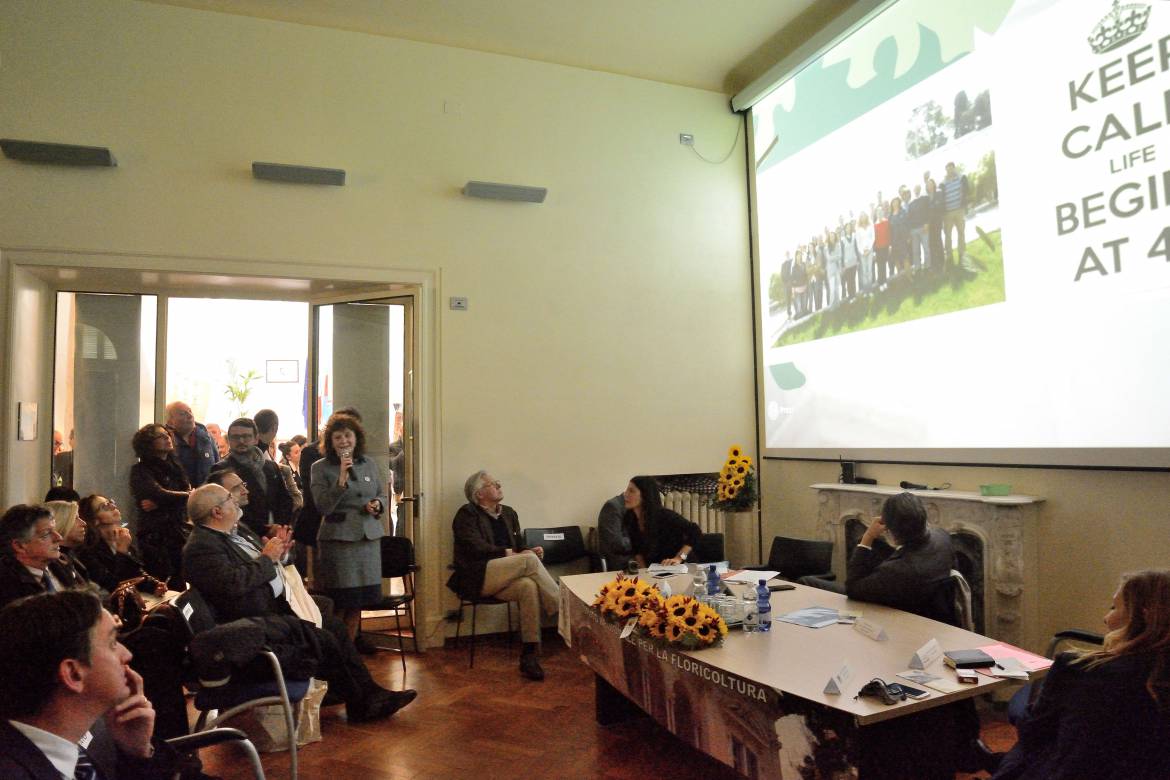
HelloMonaco: What floral species do you appreciate most? Why?
M.B.: In the early 1980s, the carnation was the most widely grown flower. In the mid-80s, we boosted innovation and research on different kinds of flora, upon the request of growers pressed by new commercial demand. In the mid-1990s, our laboratories developed a patented cloning process for in vitro propagation of ranunculi, which soon became the novel leading Italian Riviera flower. In the current 2000s, we are being engaged in diversifying floral investigation and training stakeholders. Cloned Eucaliptus is a must, commercially appreciated for its harmonious nature.
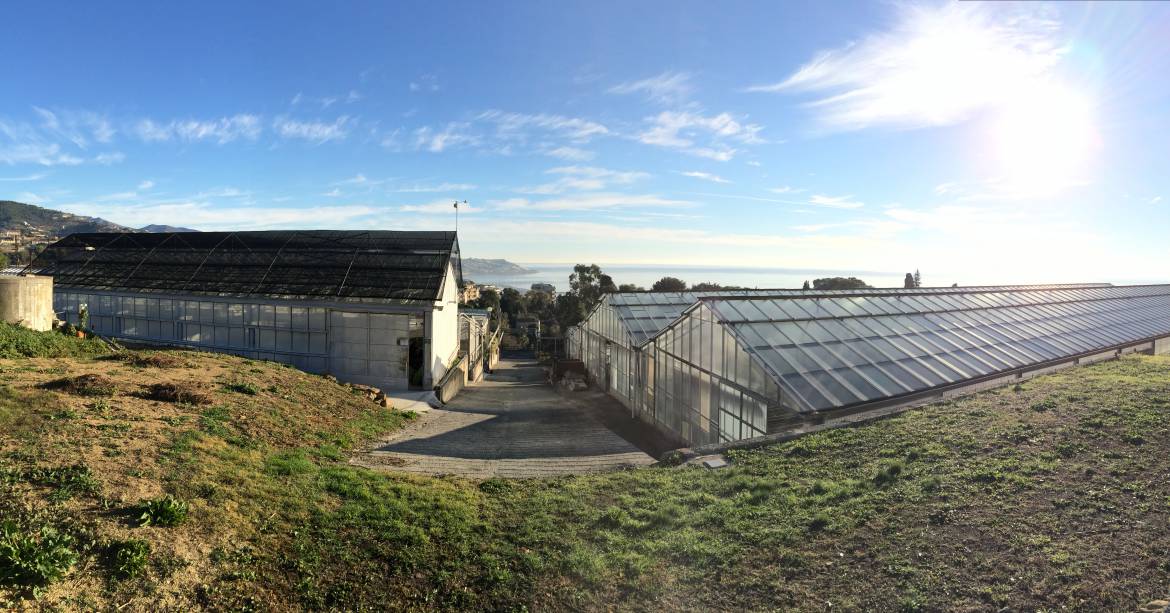
HelloMonaco: How important is the tradition of the past in your everyday activities?
M.B.: We are still following the skilled approach driven by Mario Calvino and his wife. We feel like we are standing on their shoulders. Hence, we conceived the “Itala” daisy to celebrate Calvino’s son.
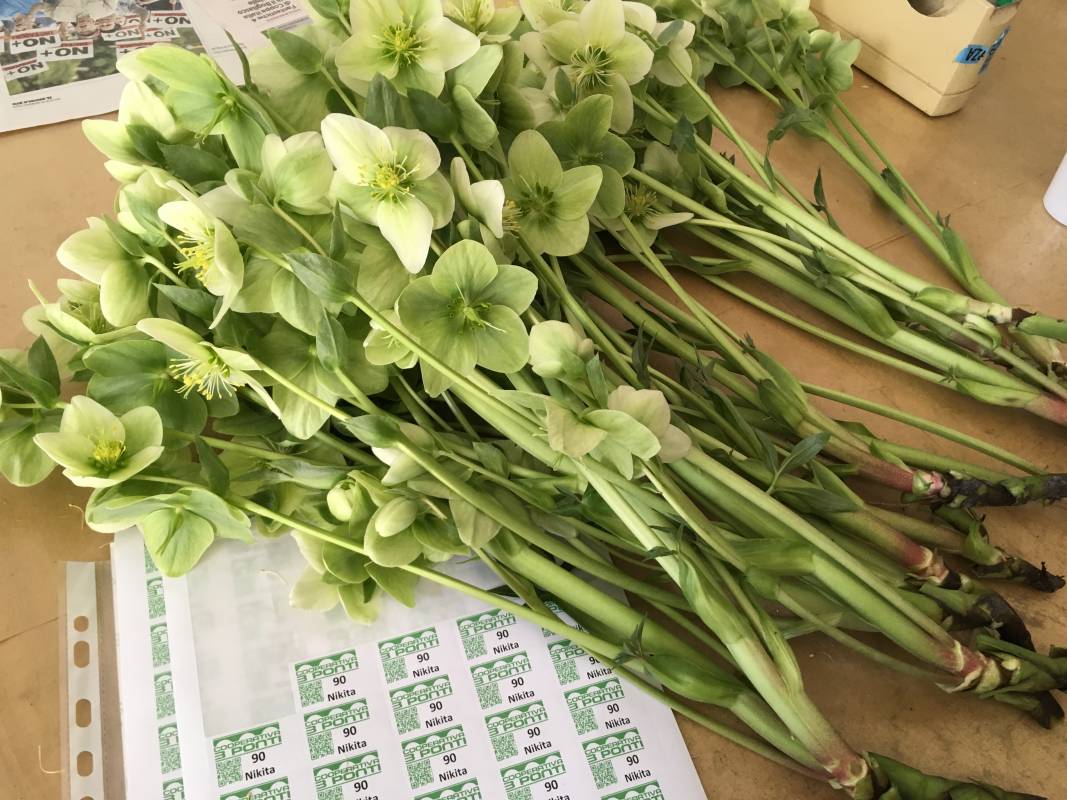
HelloMonaco: What pushed you to invest in the Hellebore flower and create new hybrids?
M.B.: Hellebore is one of the main outcomes of our research programme. We began to examine its evolution in Northern Europe where it is known as the “Christmas Rose” and used to embellish seasonal decorations. Thanks to hellebore’s ‘flexibility’, we created the ‘Francesco’ variety to honour the Pope at the beginning of his pontificate. A pure white flower that embodies elegance in its simplicity. Being received by Pope Francis in March 2015 allowed us to gain popularity. Our varieties of hellebore have been chosen by major events like Sanremo Pop-Music Festival as a symbol of non-violence against women. The Princely Family, finally, has chosen them for ceremonial bouquets. We were proud to see little Prince Jacques and Princess Gabriella holding a bunch of hellebore during the opening ceremony of the “One Monte-Carlo” district, in February 2019!
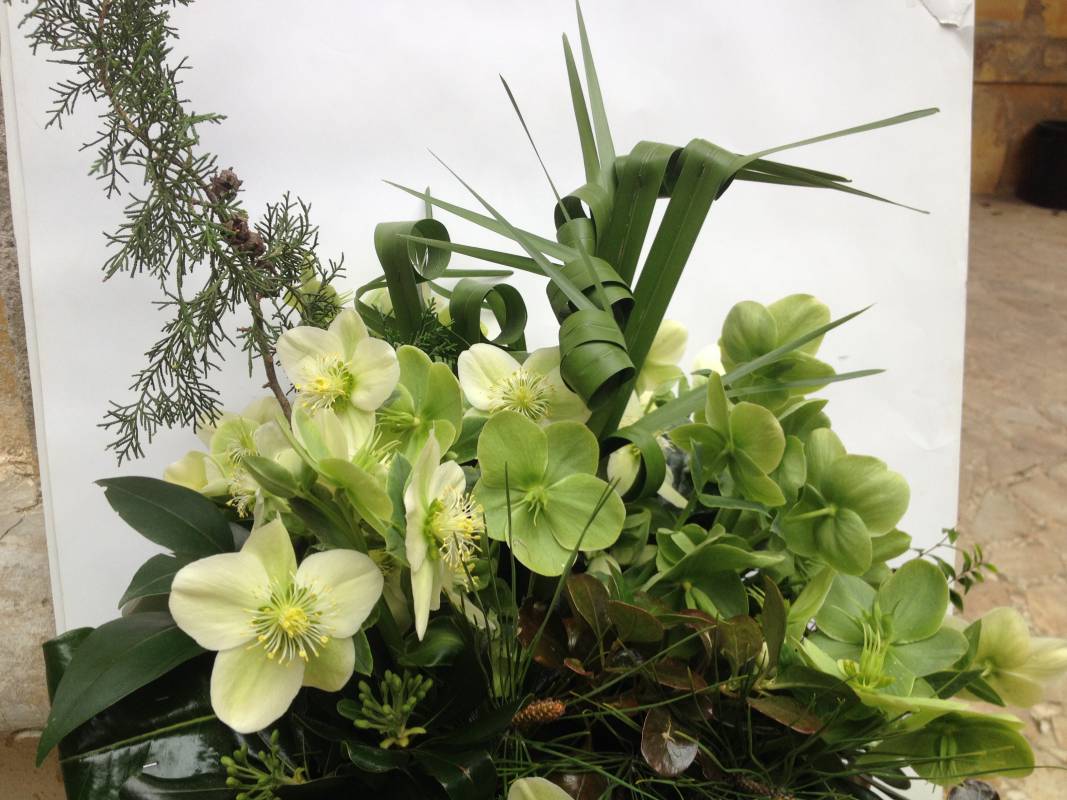
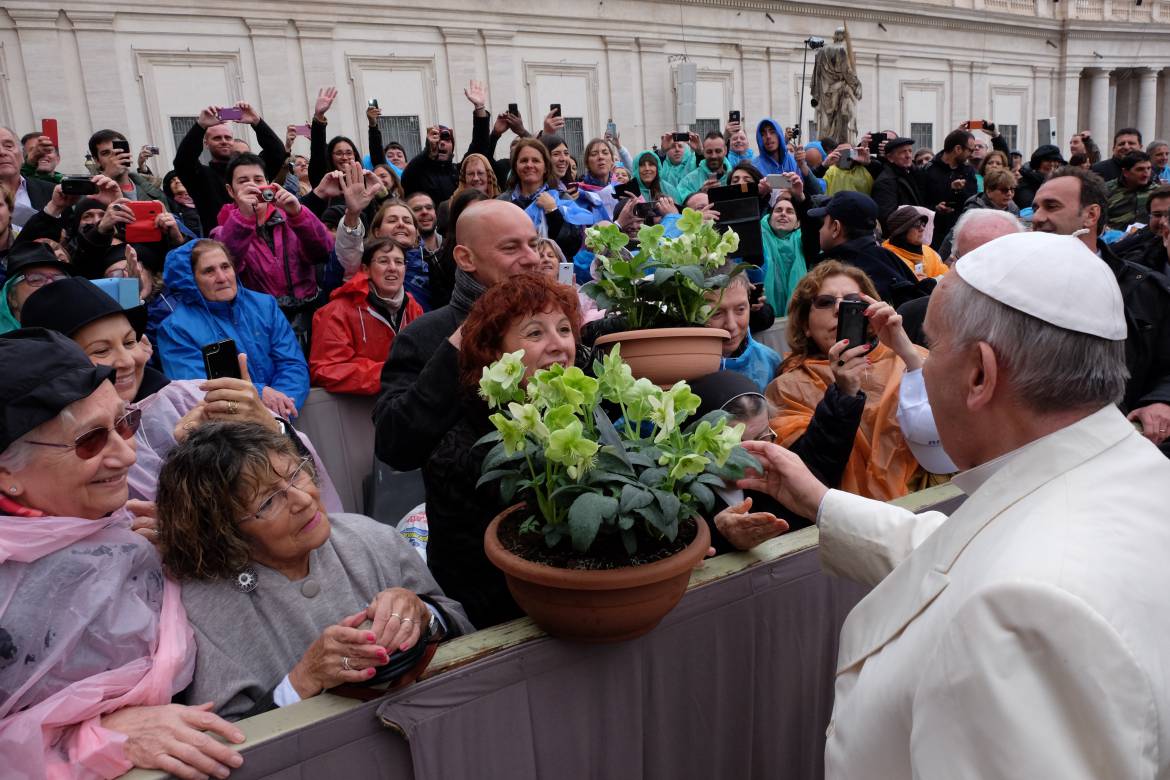
HelloMonaco: What are your next projects?
M.B.: Western Liguria’s floriculture is opening up to new challenges towards new markets (Russia, China, etc.). To face the new business demand, we have to redesign products and industrial processes, taking into account the impact of climate change. The Italian and French Riviera are united by a common mission to implement floriculture at the same level: as tourism with the respect of local heritage.
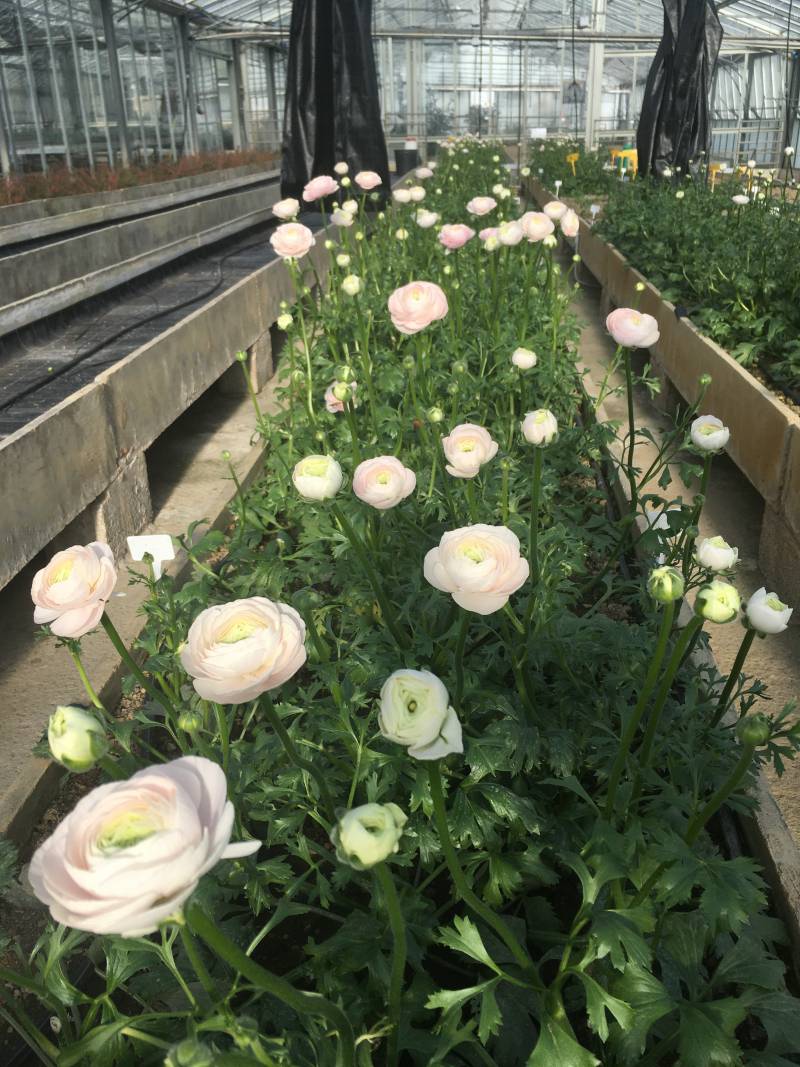

Interview with Mrs. Christine Poncet
HelloMonaco: Mrs. Poncet, what does UMT FioriMed deal with? What are your main activities and projects?
C.P.: Our core mission is to work on plant health and co-develop new biological solutions to avoid the use of pesticides, which strongly impact the environment. We are engaged in making fertile agriculture systems rich in biodiversity thanks to friendly insects, like the ladybird, microorganisms and beneficial fungal formations. We aim at managing the fertilized eco-agro-systems through follow-up strategies involving precision and ‘connected’ farming via digital devices.
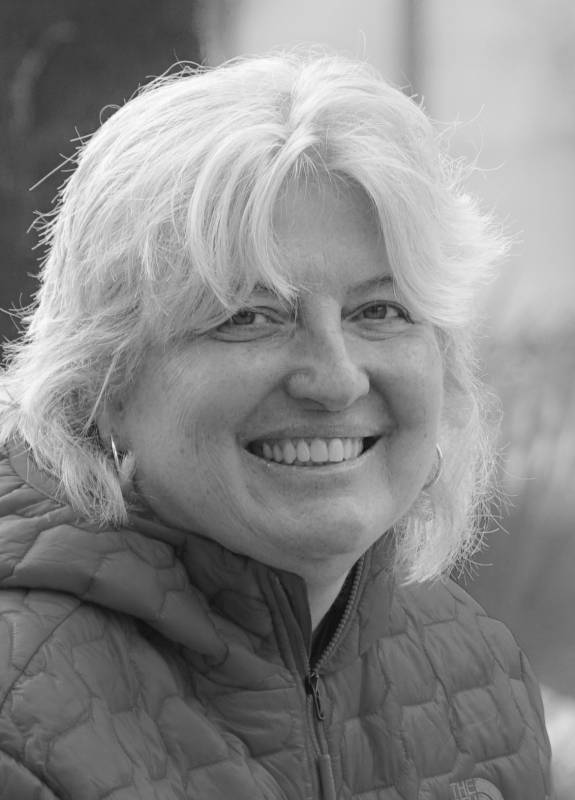
HelloMonaco: How is the private sector expecting you to improve flower production?
C.P.: Flower growing firms, which are an integral part of an international market system, are increasingly asking for shaped flowers or green plants, more than seeds. This pushed us to use a multidisciplinary approach to adapt to different regulations and cultural techniques, necessary for import or export.

HelloMonaco: How do you see the future of the French and Italian Riviera flower-growing? Will you act more closely with Italian counterparts?
C.P.: Despite the recent crisis, local authorities have recently realized the importance of keeping floriculture as the flagship of local heritage. Nice Carnival, Menton Lemon Festival and the South of France’s Mimosa festivals are based on traditional flowers and garden produce.
